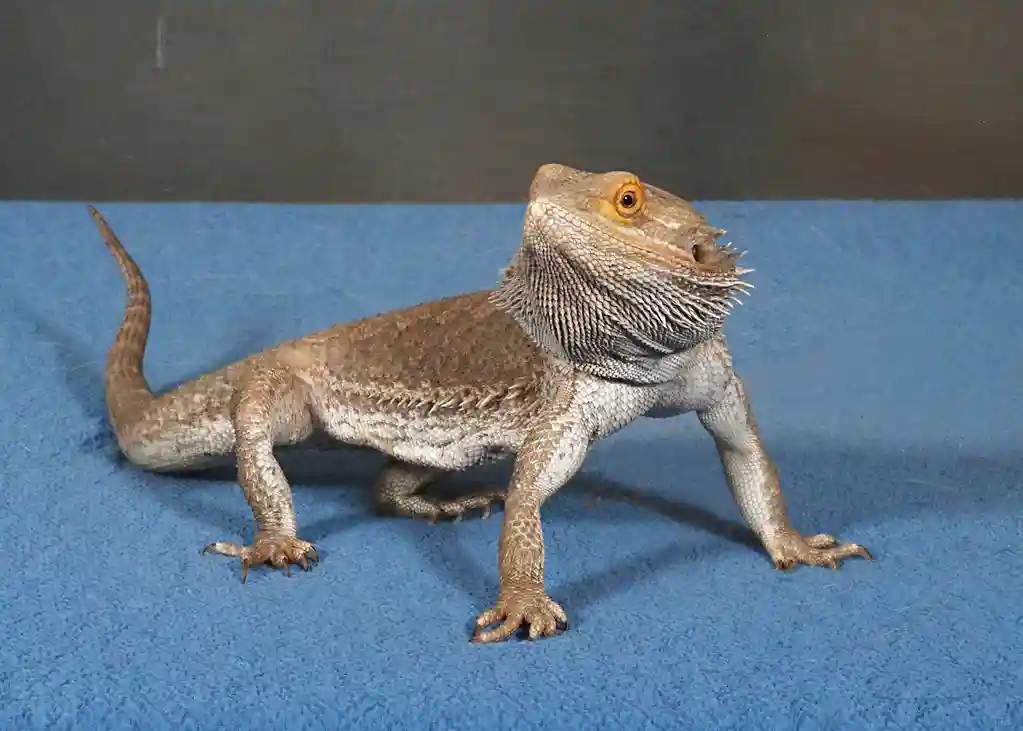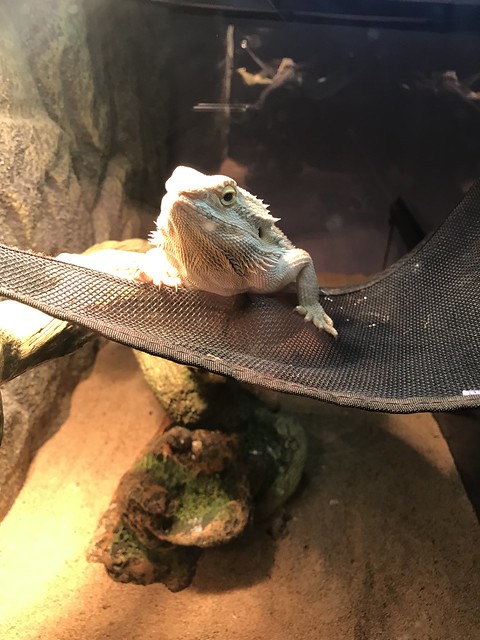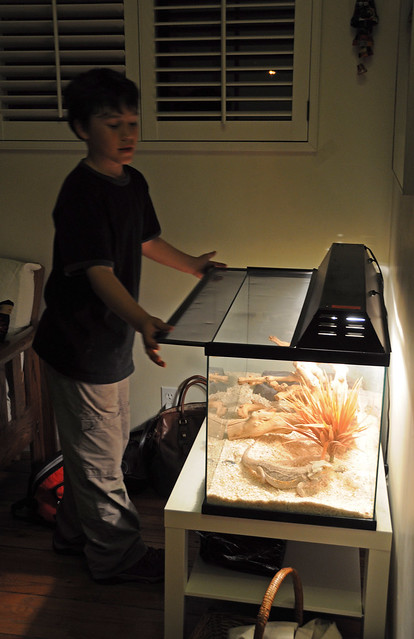According to various sources, a 120-gallon tank for a bearded dragon may require a 100 or 150-watt bulb, depending on the specific tank and bulb type.
| Enclosure Size | Recommended Heat Lamp Wattage |
|---|---|
| 120 Gallon | 150-200 Watts |
| 75 Gallon | 100-150 Watts |
| 50 Gallon | 75-100 Watts |
| 40 Gallon | 50-75 Watts |
Selecting the Right Wattage for Your 120-Gallon Enclosure
To create the perfect environment for your bearded dragon, you’ll need to consider the wattage of the heat lamp in relation to the size of the enclosure.
A 120-gallon tank is a spacious habitat for a bearded dragon, which requires a higher-wattage heat lamp than smaller enclosures. Here are some tips for selecting the ideal wattage for your 120-gallon bearded dragon habitat:
Understanding Your Bearded Dragon’s Heat Requirements: Bearded dragons are ectothermic, meaning they rely on external heat sources to regulate their body temperature. They require a temperature gradient within their enclosure, with a basking area that reaches 100-110°F (38-43°C) and a cooler area ranging between 80-90°F (27-32°C).
Determining the Right Wattage: To achieve the appropriate temperature gradient, you’ll need to select a heat lamp with the correct wattage. For a 120-gallon enclosure, a 150-200 watt heat lamp is generally recommended. However, you should monitor the temperature within the enclosure to ensure it is within the ideal range, as the wattage required can vary depending on factors such as room temperature and enclosure material.
Types of Heat Lamps: Pros and Cons
There are several types of heat lamps available for bearded dragons, each with its own advantages and disadvantages. Here is a brief overview of the most common options:
- Incandescent Bulbs: These traditional bulbs are affordable and provide adequate heat, but they are less energy-efficient and have a shorter lifespan compared to other options.
- Ceramic Heat Emitters: These heat sources do not emit light, which can be beneficial for maintaining a proper day/night cycle. They are also more energy-efficient and have a longer lifespan than incandescent bulbs. However, they can be more expensive initially.
- Mercury Vapor Bulbs: These bulbs offer both heat and UVB light, which is essential for bearded dragons’ overall health. They are energy-efficient and have a long lifespan, but they can be more costly upfront.
- Halogen Bulbs: Halogen bulbs are another option that provides heat and a small amount of UVA light. They are more energy-efficient than incandescent bulbs but may not last as long as other options.
How to Properly Set Up and Maintain Your Heat Lamp?
To ensure your bearded dragon’s well-being, it’s essential to properly set up and maintain your heat lamp. Follow these steps to create a safe and comfortable environment:
Choosing a Fixture: Select a heat lamp fixture that can safely support the wattage of your chosen bulb. Ceramic fixtures are ideal, as they can withstand high temperatures.
Positioning the Heat Lamp: Place the heat lamp on one side of the enclosure to create a temperature gradient. The basking area should be directly beneath the heat source, while the cooler area should be on the opposite side of the tank.
Monitoring the Temperature: Use a digital thermometer to monitor the temperature in both the basking and cooler areas. Adjust the wattage or position of the heat lamp as needed to maintain the ideal temperature gradient. It’s crucial to check the temperatures regularly, as fluctuations can cause stress and health issues for your bearded dragon.
Regulating the Temperature: To maintain a consistent temperature, consider using a thermostat connected to the heat lamp. This will automatically adjust the heat output to maintain the desired temperature range.
Establishing a Day/Night Cycle: Bearded dragons need a day/night cycle to thrive. Provide 12-14 hours of light and heat during the day and allow the temperature to drop slightly at night. If additional nighttime heat is required, use a ceramic heat emitter or a lower-wattage heat lamp.
Regularly Inspecting and Replacing Heat Lamps: Heat lamps can lose efficiency and effectiveness over time. Regularly inspect your heat lamp for any signs of wear or damage, and replace it as needed. It’s a good idea to have a spare heat lamp on hand in case of an unexpected failure.
Additional Tips for Creating a Comfortable Bearded Dragon Habitat
In addition to selecting the right wattage heat lamp for your 120-gallon bearded dragon enclosure, consider these additional tips to ensure a happy and healthy environment for your pet:
- UVB Lighting: Bearded dragons require UVB light to synthesize vitamin D3 and properly metabolize calcium. Ensure you provide a suitable UVB light source, such as a linear fluorescent or mercury vapor bulb, to maintain your bearded dragon’s health.
- Substrate: Select a safe and easy-to-clean substrate, such as reptile carpet, newspaper, or non-adhesive shelf liner. Avoid using sand or loose substrates, as they can cause impaction if ingested.
- Enrichment: Provide your bearded dragon with opportunities for enrichment, such as climbing branches, hiding spots, and a variety of surfaces to explore. This will encourage natural behaviors and help prevent boredom.
- Humidity Control: Bearded dragons require low humidity levels, typically between 30-40%. Use a digital hygrometer to monitor humidity and adjust as needed by misting the enclosure or using a reptile fogger.
- Diet: A balanced diet is crucial for your bearded dragon’s overall health. Offer a mix of appropriately-sized insects, vegetables, and fruits, and provide a calcium supplement to support healthy bone growth.




Leave a Reply